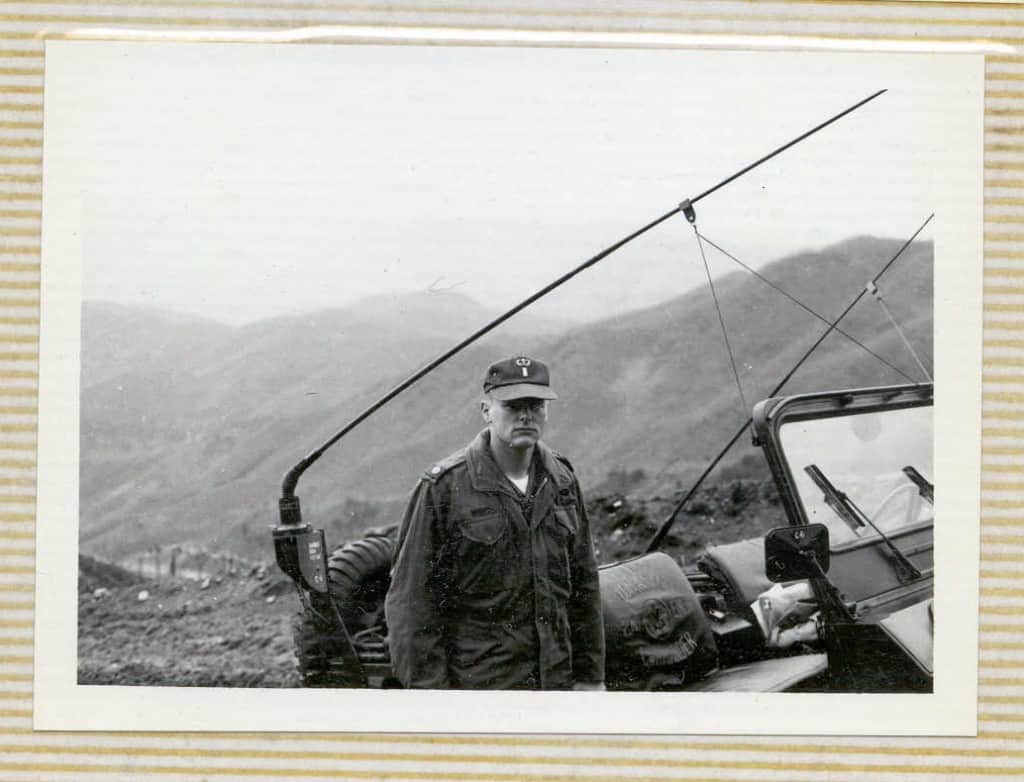Big Red Car here. Enjoying the wonderful mild weather here in the ATX — Austin, Texas. The ATX.
The Boss and one of his old Army friends were chewing the fat the other day and got to talking about all the interesting stuff they did all those years ago when they were young and dangerous men. Back when the Big Red Car was just a pup himself.
They had both been Combat Engineer officers and had had similar experiences. The most interesting thing they ever did? EXPLOSIVES.
Bang, pow, blam! Explosives. Oh, Big Red Car, you are a card.
Combat Engineers
Combat engineers are the best branch of the Army in which to serve. They fight like infantry in an infantry division and so they see all the action you could hope for but they are also the division’s river crossing, minefield, construction, bunker busting and demolition experts.
They have a lot of weapons including Combat Engineer Vehicles (an M-60 tank chassis with a 120mm bunker busting gun) and bulldozers and every piece of construction equipment you can think of. They always live well because they can build their own shelter from scratch.
They are the guys who cross the division when they come up to a river and who built them a helicopter pad or airfield or bunkers when they need them. They use demolitions to do everything they need to do.
When the division needs an additional infantry battalion, the division engineers get thrown into the fray and are often the best infantry battalion in a division. Division commanders love their engineers. One battalion of combat engineers per division.
Training
After The Boss finished the Engineer Officer Basic Course he had about 4 weeks before he was to report to Airborne and Ranger Schools. During that time he was sent to an advanced course on demolitions. This course was usually given to senior sergeants who had a lot of real demolitions experience. But the Army had nothing else to do with The Boss and sent him there.
The Boss had already had quite a bit of demolitions training as part of EOBC but this course was much more advanced and hands on.
He was a green Second Lieutenant, a Shavetail, who had gone to Virginia Military Institute and was an Army brat. Still, green as grass.
What they learned
The training entailed the theory of demolitions (slow heaving explosives, fast cutting explosives, shaped charges), the creation of specific charges (electric blasting caps, blasting machines, non-electric blasting caps, fuses, detonating cord, improvised anti-tank charges) and the actual use of both the theory and design which resulted in a loud BANG every day.
The Boss learned how to destroy fortifications with shaped charges, how to crater roads, how to blast an abbattis to impede tank movement, how to use ear muff charges to destroy building columns, how to destroy bridges, how to blast a hilltop flat, how to blast a roadway into a mountainside and a myriad of other useful skills.
The most important thing was SAFETY. Safety. Safety.
How they used it
When The Boss went to a unit overseas he immediately put to work everything he had learned. Because he had been to the more advanced training, the unit he was in assigned him to almost every demolition related assignment they received. He loved it. It was dangerous but fun.
The Boss blasted roads and switchbacks on mountains and built roads up steep mountainsides using explosives and huge bulldozers. This was dangerous work. Here is a picture of The Boss up in the mountains inspecting the road building efforts. He loved this Jeep and all of his radios. This was up along the DMZ in Korea in the mid-1970s.
On the mountain top — which was ultimately to be used to position airmobile artillery or to install ground surveillance radar units — they flattened the mountain top using explosives. On some mountains, they could not even build a road so they were airlifted in and blew the mountain top level before bringing in airmobile small dozers to do the fine work of leveling the top.
The Boss was sent to recon a river crossing site and found that some old bridge abutments were lurking just beneath the water. These concrete abutments would have ripped out the bottom of the floating rafts used to cross the first tanks and would have destroyed the floating bridge. The Boss and a Sergeant donned scuba gear and blasted the abutments flat. It was difficult to know how much explosive to use, so The Boss rounded up, multiplied by ten and Fire in the Hole!
Here’s a picture of the explosion — as you can see, the abutments are no longer a problem.
The other benefit was that the explosion resulted in about a 3 minute rain of fish. All good eating.
Look at the soldier’s wet pants and you can see he was doing some wade fishing. That truck is filled with about a ton of C4.
So, there you have it EXPLOSIVES!
But, hey, what the Hell do I know anyway? I’m just a Big Red Car.
Be good to yourselves. You deserve it.
